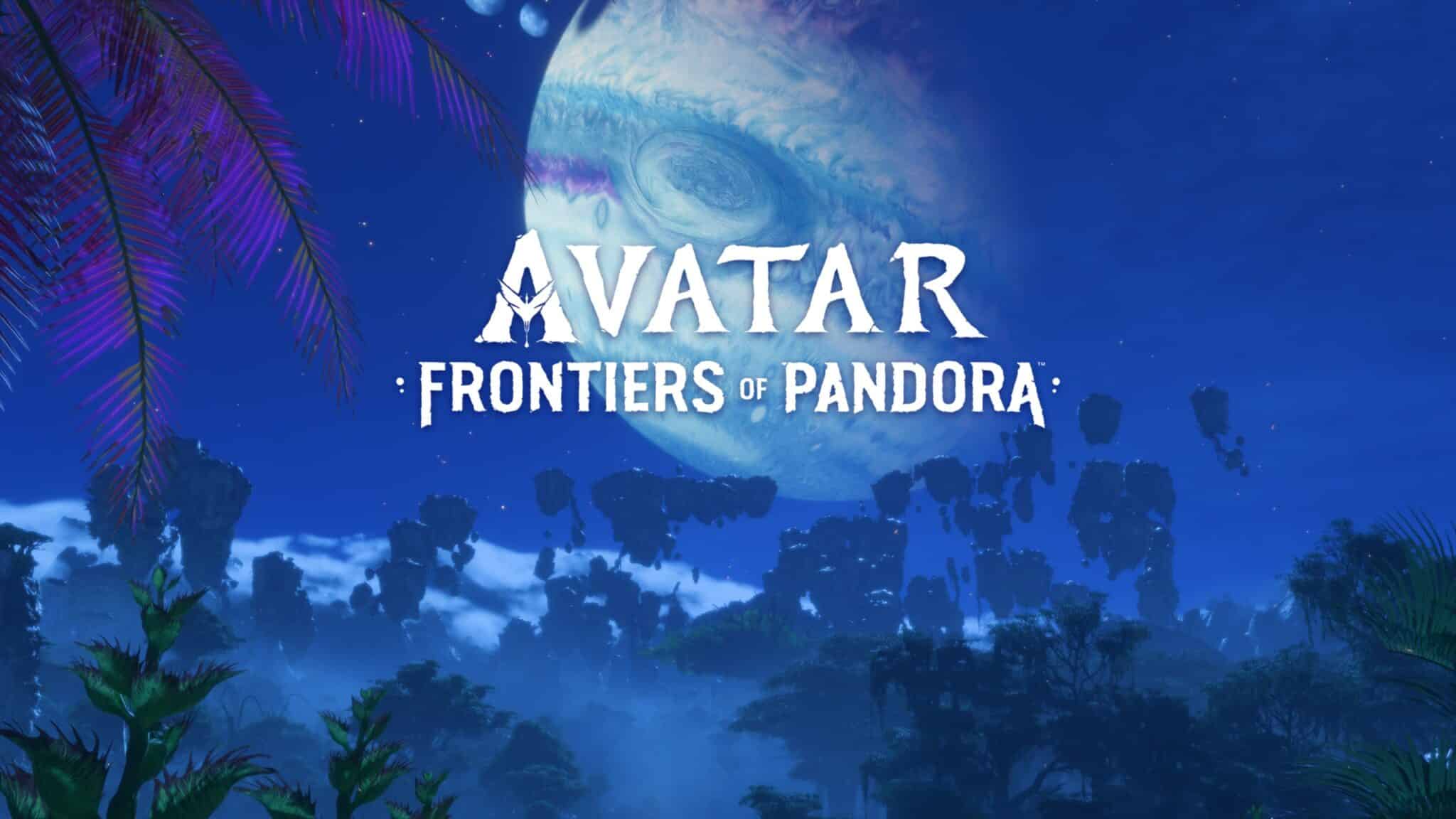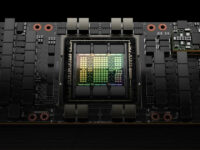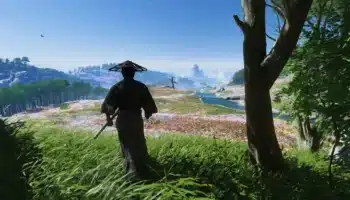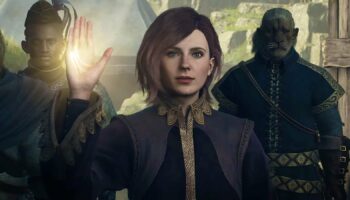The environment crafted by Massive Entertainment here is very interactive. Numerous different plants exist each with their characteristics. Some are just passive, some are straight-up aggressive.

But not all plants are harmful, on the other hand, many offer the opportunity to “gather” elements from them to craft equipment, cook food, or even just donate to camps. Each plant has its conditions of weather depending on the biome which results in the best quality of ingredients. That’s right, the quality of ingredients depends on when it is obtained, but also on how. If you just yank it out at the wrong angle, the quality goes down.
The same goes for all the fauna around. Each one has its collection of weak points which can be targeted for a “clean” kill, in turn granting the highest grade of materials salvaged. Using a violent method such as explosives or even gunfire can ruin these materials, as well as lower the “mercy” killing level. Inflict too much senseless violence upon the local wildlife, and you can be afflicted with a “disharmony” status as a consequence, as the Na’vi are not supposed to kill for sport.
The game even features different biomes, time of day and weather effects each with their own set of flora and fauna to explore. To get the highest quality of ingredients, one needs to locate the appropriate biome under the right weather conditions and time of day. This isn’t as hard as it sounds as the game features resting spots to help pass the time, so one can simply wait until the right conditions strike.
Once these ingredients are collected, we can begin crafting. Crafting in this game comes in a few different ways. There’s the on-the-fly crafting of certain things such as ammunition for arrows, which simply require you to hold Q to open the quick menu, select the weapon and the ammo type in question, and hold the craft button, consuming the necessary raw materials from your inventory. Arrows for example can have a plain type, or an explosive type, each requiring its own set of raw materials that can be gathered from the environment or received from characters. Certain things such as bullets cannot be crafted and need to be looted from various sources or enemies.

There is also a more intricate crafting system which can be accessed by using a crafting bench at any one of the safe places. These can be used to craft more permanent items, such as weapons, armor, and even modifications to weapons and clothing, each providing its buff. The quality of these crafted equipment depends on the quality of the ingredients used. So if you went ahead and butchered some animals by blowing them up and got a half-burnt rawhide, you’ll get an equally butchered piece of armor to wear. But if you attained a clean kill with a single shot, the crafted armor in turn will be of superior quality offering higher protection and other buffs.
The other form of “crafting” is in fact, cooking. And the cooking in this game is very fun. It is blatantly ripped off from the Zelda series, but that’s a good thing because if it’s fun and some game uses it, more games should use them too (and patenting game ideas is silly and stunts developer creativity). More fun mechanics for more games to enjoy for everyone! But yes, the cooking involves picking two different ingredients and placing them for a mystery cook-off.
One slot determines the type of buff, the other the duration. And a huge variety of different dishes can be experimented with. When cooking with any ingredient for the first time, the result will be unknown and marked with “???”. Once the cooking is completed, the resulting dish is presented with its image, description, and buffs. For example, if you put a certain meat with some fruits, it will create a tasty-looking meat and fruit dish, with buffs derived from the type of meat and fruit used. It may not go your way all the time though. For example, I used a mushroom with some egg to try making a stew, and it turned out to be a disgusting slop which gave my character food poisoning for 20 seconds. As with crafting, “superior” quality ingredients grant even better buffs and durations so gathering good stuff is key.

Coming to the crafted items, we need a place to store them. And that’s where the nifty inventory system comes in. The game features separate slots for each piece of equipment, each with its own “level” indicating its overall usefulness for the current mission difficulty. This is similar to a game like Destiny 2 where each piece of equipped thing contributes to your overall level, indicating if you’re ready for a particular mission or not, each being represented by their own recommended power levels. Each enemy of wildlife also has their power level and higher ones are marked with a red glow beneath the number to show they’re not to be trifled with.

As for all the other materials gathered, they go neatly into a separate “pouch” accessible from the equipment menu. This pouch is also equally neatly sorted, with slots for cooked foods, raw cooking ingredients, raw crafting ingredients, unequipped weapons, mods, and clothing. Everything can also be sorted either by newest, rarity level, alphabetical order, or even combat strength. This is a much-appreciated addition to any inventory and an excellent feature to have. The same “unread message” notification also shows up if you have not checked in on newly gathered items, and each item can also be discarded at any time. Although it is usually better to hold onto them and contribute them at camps for “favors” which we’ll talk about soon.
There is also a whole separate menu for your flying mount, the “Ikran” once it’s unlocked in a mission some ways into the game. Some cosmetics can be applied to each piece of equipment if you wish to change their looks as well.

All of these items can be traded in Na’vi safe areas, but not in the traditional sense of trading. Faithful to the Avatar universe, the Na’vi don’t deal with currency. Instead, there is something called the “favor” system. Doing quests, side objectives, talking to the members, and also just contributing whatever you can or do not need, all help increase the favor level with the clans.
These favors can then be used with the “vendors” in these areas, each giving out different types of equipment. Higher-level gear requires more flavor as expected. These members also occasionally give out “gifts” to the player character which do not cost any favor. There’s also a separate section for designs which are blueprints that once attained, can be used to craft your versions of these items in the craft benches as long as you have the necessary ingredients. Crafted equipment is usually better than the ones just received, depending on the quality of ingredients used.

Coming to the combat, the game features a variety of enemies to take down in different ways, each with its weak points which can be scoped with the Na’vi vision. For the most part, you play the giant Na’vi, and most humans can be punched to their demise in a single punch if you so wish. But the game also rewards stealth in many areas. Certain RDA bases require to be shut down, each with its own set of conditions, that are usually very heavily protected. Alerting the enemies causes them to call in reinforcements and swarm you. It’s possible to get out of them with brute force, but using stealth to go in and complete the objectives feels much more rewarding.

The game gives you a sort of hacking tool, called the SID, which is useful in hacking many of these objectives in quick little minigames while also tracing any electronic or wiring equipment around. It can also be used to hack into enemy weaponry such as turrets or even walking machines with skill upgrades. There is also the option to “store” these hacks, allowing one to execute them all simultaneously to catch the enemy unaware, similar to something in Cyberpunk 2077.

You can also unlock special skills such as one that lets you punch RDA soldiers out of their combat exoskeletons which is particularly fun. A sling can be used to set up mines on the ground of different types. Either an explosive one to wreak havoc or a distraction one that creates noise to call enemies away from an area, to even poisonous ones creating a cloud of gas. The player can also find RPGs in some RDA areas to simply blow up things if they wish. Usually upon completing a base’s objectives, the enemies stop attacking and disappear, so one doesn’t need to take them all out.



The game also features fun aerial combat once you get your Ikran. You can go up to flying helicopters and shoot arrows or straight up take them down with the help of a skill you can unlock later allowing your mount to grab onto them when staggered. You also get access to “Direhorses” later in the game, which are horses but with no permanent bonding. Each one needs to be soothed before being ridden and can be left behind to find a new one as needed.






